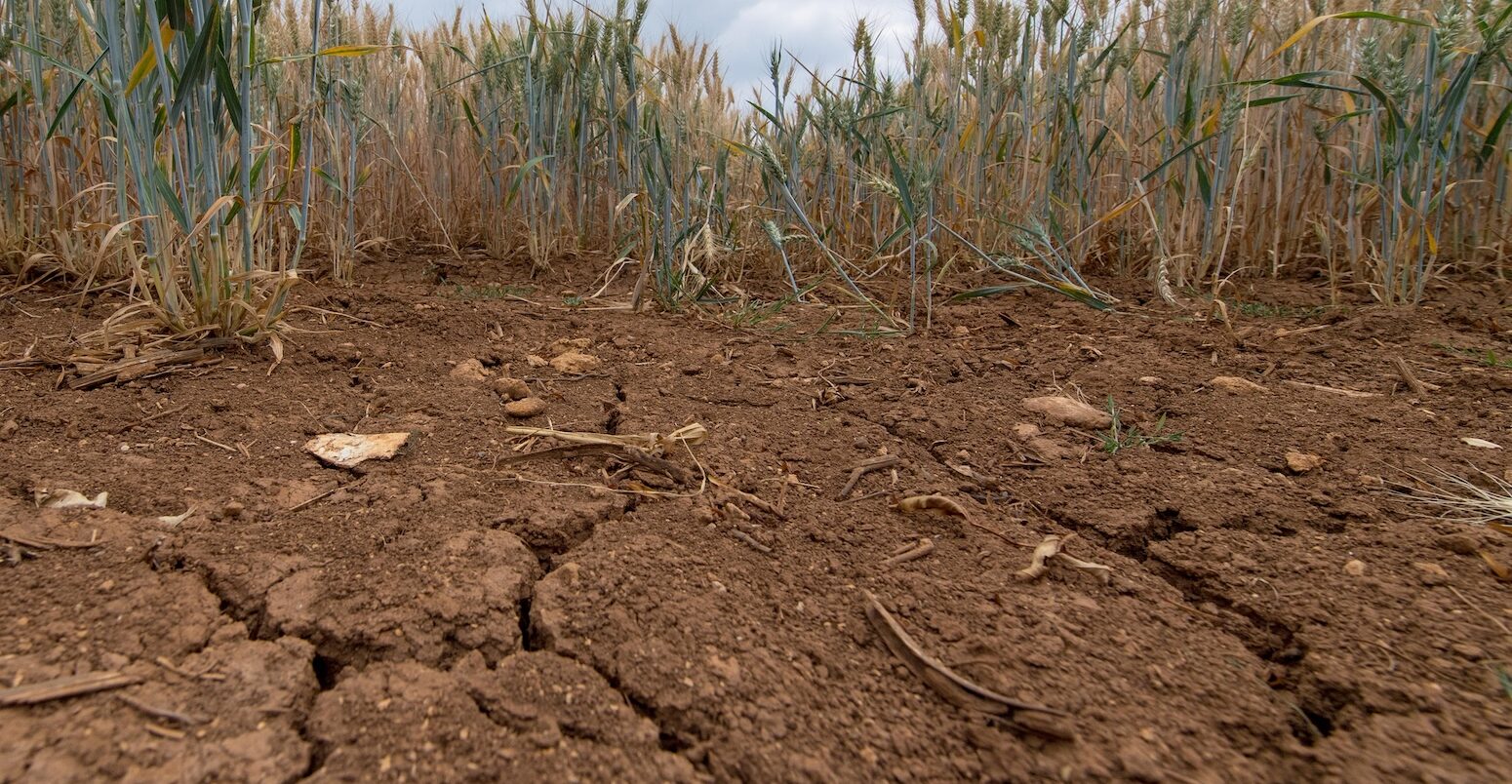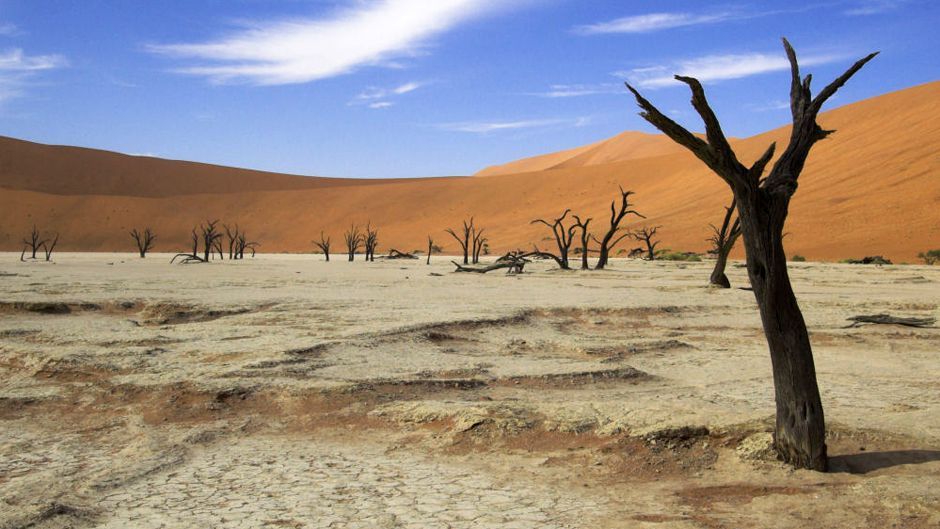Seaweed farming has emerged as a beacon of hope for many coastal communities worldwide, offering a blend of economic opportunity and environmental benefits. In Tanzania, the Bagamoyo Seaweed Farming Initiative, situated near the bustling fish market in Bagamoyo Municipal, Coast Region—approximately 10 kilometers from Bagamoyo town—stands as a compelling case study. This initiative, driven largely by women like Ms. Zuhura Shaweji, exemplifies the dual promise and peril of seaweed cultivation in the face of climate change. It seeks to revitalize marine ecosystems while empowering coastal women and girls economically, yet it grapples with the destabilizing effects of a warming planet. The question looms: is seaweed farming a pathway to prosperity or a fragile endeavor teetering on the edge of peril?
At its core, the Bagamoyo Seaweed Farming Initiative harnesses the natural potential of seaweed, a marine macroalgae revered for its ecological and economic value. Seaweed farming in this region, located along the shores where the Indian Ocean kisses the coastline, involves women wading into shallow waters to tend to floating farms. These farms produce species like Eucheuma and Kappaphycus, which are dried and sold primarily to local collectors and exporters for use in products ranging from food additives to cosmetics. The initiative’s leader, Ms. Shaweji, emphasizes a mission that intertwines sustainability and empowerment: “We empower coastal women and girls through sustainable seaweed cultivation, combining marine ecosystem restoration with economic empowerment.” For many participants, this work provides a vital income stream in a region where traditional livelihoods like fishing and small-scale agriculture are increasingly strained.
The prosperity offered by seaweed farming is tangible. In Tanzania, the sector employs over 30,000 people, with women making up 80-90% of the workforce, according to the Zanzibar Seaweed Cluster Initiative. For Bagamoyo’s coastal communities, the initiative creates jobs, fosters financial independence, and supports local economies. Beyond economics, seaweed’s environmental benefits are profound. It absorbs excess nutrients, sequesters carbon dioxide, and provides habitats for marine life. Research highlights its role in climate regulation—seaweed can reduce wave energy by up to 30%, protecting coastlines from erosion, and store carbon in deep-sea sediments, aiding in climate change mitigation. In Bagamoyo, where coastal ecosystems face degradation, these attributes position seaweed farming as a tool for both ecological restoration and community resilience.
Yet, the specter of climate change casts a long shadow over this promise. Rising sea temperatures, ocean acidification, and erratic weather patterns threaten seaweed yields. In Bagamoyo, as in nearby Zanzibar, farmers have observed declines in production linked to these shifts. Data from 2023 shows a 16% drop in Tanzania’s seaweed output, falling to 11,737 tonnes from the previous year—a stark indicator of environmental stress. Warmer waters, which have risen from 31°C to 38°C in some areas, trigger pest infestations and diseases, while unpredictable weather disrupts planting and harvesting cycles. For the women of Bagamoyo, who often lack the resources to adapt—such as boats to farm in deeper, cooler waters or technical training to combat new challenges—these changes threaten to unravel years of progress.
The initiative’s response to these perils is a mix of resilience and ambition. Plans are underway to expand to five more coastal villages by 2026, establish a community processing center, and launch a youth seaweed incubator. Partnerships for export and climate adaptation are also in the works, aiming to diversify markets beyond local collectors to include pharmacies, hospitals, and cosmetic manufacturers. Such efforts could bolster economic stability and reduce reliance on faltering yields. However, success hinges on overcoming significant hurdles: limited access to capital, technical knowledge, and infrastructure. Without coordinated support from government, industry, and research bodies, the initiative risks becoming a cautionary tale rather than a triumph.
In the broader context, Bagamoyo’s experience mirrors a global dilemma. Seaweed farming’s scalability as a climate solution is tantalizing—its carbon sequestration potential and ability to replace emissions-intensive products like livestock feed or fossil fuels are well-documented. Yet, its viability is fragile, tethered to environmental conditions that climate change relentlessly undermines. For Bagamoyo, prosperity and peril are two sides of the same coin. The initiative’s fate will depend on whether its ecological and social promise can outpace the accelerating threats of a warming world, making it a poignant symbol of humanity’s broader struggle to harmonize livelihoods with a changing planet.




